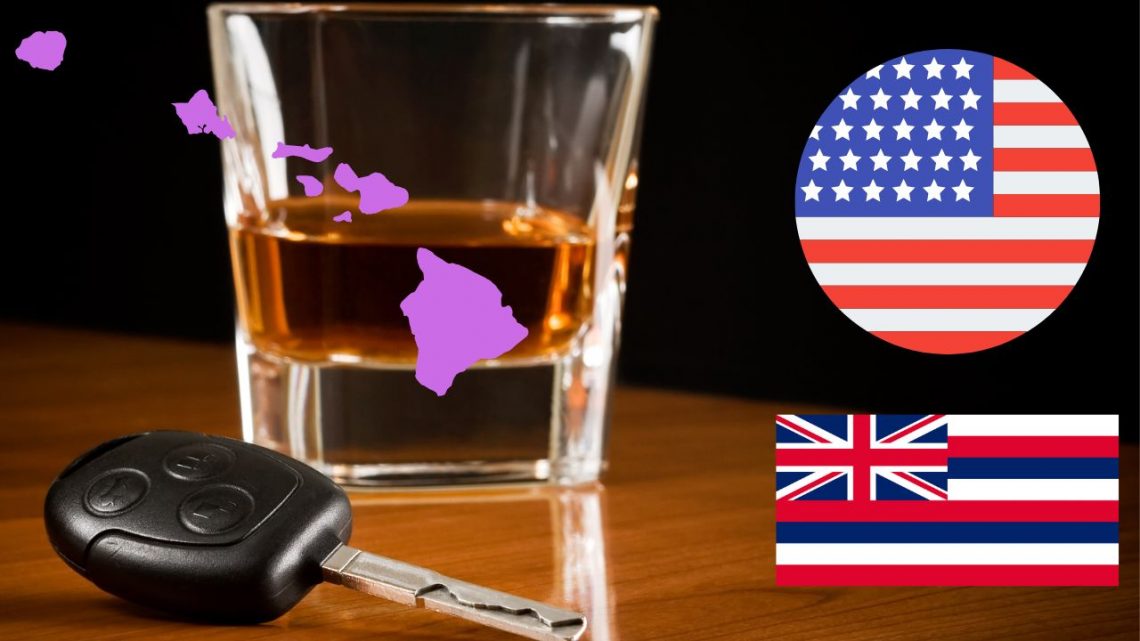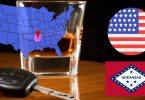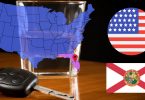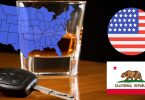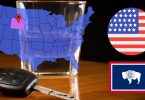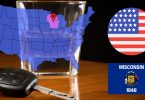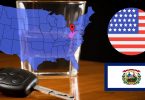In Hawaii, the maximum permissible blood alcohol concentration (BAC) stands at 0.08%, which equates to 80 milligrams of alcohol for every 100 milliliters of blood.
Please keep in mind that this post is solely intended to provide information about drunk driving in Hawaii. This page does not aim to advocate or promote drunk driving in any way.
What is the legal alcohol limit for driving in Hawaii?
In Hawaii, the legal alcohol limits for driving vary depending on the type of driver’s license and age. These limits are established to ensure safety on the roads by regulating the blood alcohol concentration (BAC) levels for drivers. Below are the specific BAC limits for each driver’s category:
- Regular Drivers: The legal BAC limit is 0.08%. This applies to most drivers operating personal vehicles.
- Commercial License Drivers: For those holding a commercial driver’s license, the legal BAC limit is reduced to 0.04%, reflecting stricter regulations due to the nature of their driving responsibilities.
- Minors (Under 21): It is illegal for minors to drive with any detectable amount of alcohol in their system. Hawaii enforces a zero-tolerance policy for underage drinking and driving.
Drink and Drive Penalties and Punishments in Hawaii
In Hawaii, the consequences of operating a vehicle under the influence of an intoxicant are severe and designed to discourage drunk driving effectively. These penalties are subject to change, so it’s crucial for drivers to frequently check the official state’s website for the most current information. Below is an overview of the penalties and punishments as they stand:
- First Offense (or offenses not preceded within a ten-year period by a conviction):
- Mandatory participation in a minimum fourteen-hour substance abuse rehabilitation program, including education and counseling.
- License revocation for no less than one year and no more than eighteen months.
- Installation of an ignition interlock device on all vehicles operated by the offender during the revocation period.
- Options for additional penalties include:
- Seventy-two hours of community service.
- Imprisonment for no less than forty-eight hours and no more than five days.
- A fine ranging from $250 to $1,000.
- A $25 surcharge to the neurotrauma special fund.
- Up to a $25 surcharge to the trauma system special fund.
- Second Offense (within ten years of a prior conviction):
- A substance abuse program of at least thirty-six hours.
- License revocation for no less than two years and no more than three years.
- Installation of an ignition interlock device on all vehicles operated by the offender.
- Either 240 hours of community service or imprisonment for no less than five days and no more than thirty days, with at least forty-eight hours served consecutively.
- A fine ranging from $1,000 to $3,000.
- A $25 surcharge to the neurotrauma special fund.
- Up to a $50 surcharge to the trauma system special fund.
- Additional Penalties for Driving with a Minor:
- For those 18 or older convicted of driving under the influence with a passenger younger than 15, an additional $500 fine and forty-eight hours of mandatory imprisonment are imposed, not exceeding the maximum imprisonment term under the first or second offense categories. The license revocation period extends to no less than two years.
- Penalties for Highly Intoxicated Drivers:
- First offenders or those not convicted within a ten-year period, who were highly intoxicated, face an additional forty-eight hours of consecutive imprisonment and an extended revocation period of no less than eighteen months.
- For offenses occurring within ten years of a prior conviction, highly intoxicated drivers receive an additional mandatory ten days of consecutive imprisonment and an extended revocation period of no less than three years.
These structured penalties highlight Hawaii’s commitment to road safety and the serious consequences of drink driving. Given the complexity and severity of these laws, individuals are encouraged to stay informed about any legislative updates directly from official sources.
How Can I Calculate If My Alcohol Blood Limit Is Legal in Hawaii?
In Hawaii, law enforcement officers determine if a driver is over the legal alcohol limit through the use of breathalyzer tests or blood tests. These tests measure the blood alcohol concentration (BAC) in the system, which must not exceed 0.08% for regular drivers, 0.04% for commercial license holders, and any detectable amount for minors under 21 is considered illegal.
To avoid the severe penalties associated with driving under the influence in Hawaii, it’s crucial to know your BAC level before deciding to drive. As an experienced phlebologist with 10 years of experience, I recommend the following methods to estimate your BAC level:
- Use a High-Quality Alcohol Breathalyzer:
- Among the various options available, the BACtrack S80 stands out for its professional-grade accuracy. It is DOT & NHTSA approved and FDA 510(k) cleared, making it a reliable choice for personal use. Keeping a BACtrack S80 in your car can be a wise decision, especially in Hawaii, where people might underestimate their level of impairment. This device offers a convenient and immediate way to assess your BAC, helping you make informed decisions about driving.
- Utilize a BAC Calculator:
- In collaboration with other phlebologists and web developers, I’ve developed an online BAC calculator. This tool is designed to give you an estimate of your BAC level based on the information you input, such as the quantity of alcohol consumed, the time frame of consumption, your weight, and your gender. While this method also does not guarantee 100% accuracy, it can provide a valuable reference point for understanding how different amounts of alcohol could affect your BAC level.
It’s important to remember that both methods—using a high-quality alcohol breathalyzer and a BAC calculator—are not foolproof and should not be solely relied upon for determining your legal ability to drive. Factors such as metabolism, food intake, and individual health conditions can affect BAC readings. These tools are meant to offer guidance and should be used as part of a responsible approach to drinking and driving. They can help you gauge your level of impairment and potentially prevent you from making the dangerous and illegal decision to drive while over the legal limit. Always prioritize safety and consider alternative transportation options if there’s any doubt about your sobriety.
Ways to Avoid Driving with a High BAC in Hawaii
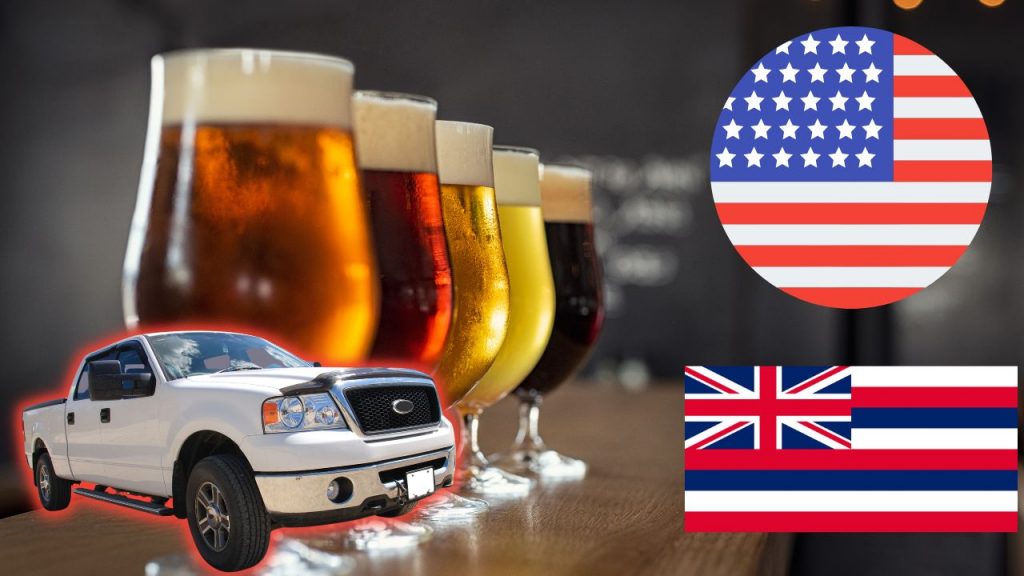
Driving with a high Blood Alcohol Concentration (BAC) not only puts you and others at risk but also carries severe legal consequences in Hawaii. To ensure safety and compliance with the law, consider these practical alternatives to driving after consuming alcohol:
- Use Taxi Apps or Local Taxi Services:
- Leveraging taxi apps like Uber or Lyft is a convenient and safe way to get home without risking DUI charges. These apps are widely used and offer a reliable service at any time of the day.
- For those who prefer traditional taxi services, Urban Honolulu and Hilo have reputable local companies that can be called upon. In Urban Honolulu, HELLO CAB COMPANY is known for its reliable service, while R&L Taxi & Tours LLC in Hilo offers timely rides. These local taxi services provide a safe alternative to driving under the influence.
- Order a Designated Driver Service:
- If you find yourself in a situation where you’ve driven to a location and consumed alcohol, leaving your car behind might not be your preferred option. In such cases, designated driver services are a fantastic solution. These services send a driver to drive you and your car back home safely.
- In Urban Honolulu, Luxor Transportation Hawaii offers such services, ensuring you and your car get back home safely. Similarly, Stan’s Taxi in Hilo provides designated driver services to cater to your needs. To find a designated driver service in your area, a quick Google search for “designated driver service” along with your city name will yield relevant results.
Using these alternatives not only helps you avoid the pitfalls of driving under the influence but also promotes road safety and compliance with Hawaii’s DUI laws. Remember, planning ahead and making responsible choices can make all the difference. Whether it’s booking a taxi or arranging for a designated driver, taking these steps ensures you enjoy your time without compromising on safety.
Sticking to Impaired Driving Laws in Hawaii: Sad Statistics
Driving under the influence of alcohol or other substances is illegal in Hawaii. Despite the seemingly low number of 85 fatal drunk driving accidents, a concerning 31% were due to drivers exceeding the legal BAC limit of 0.08%.
Hawaii enforces DUI laws to curb drunk driving, emphasizing the importance of adhering to legal BAC limits. Opt for a designated driver or taxi service if drinking and travel are unavoidable.
Stay informed about DUI laws by visiting Hawaii’s official website. Remember, the safest approach is to avoid driving after drinking, as alcohol impairs judgment and driving ability. If driving is necessary, ensure your BAC is within legal limits using a reliable breathalyzer.
For detailed DUI regulations, consult Hawaii’s official website, promoting responsible and safe driving practices.

